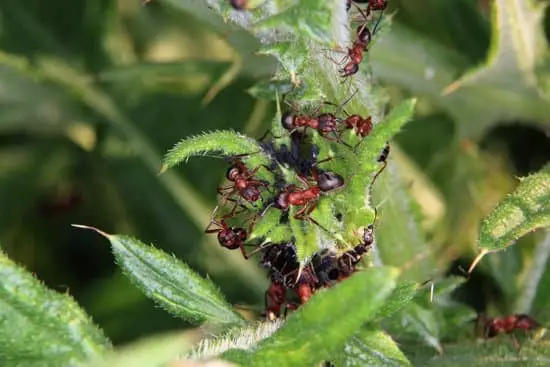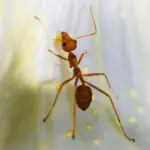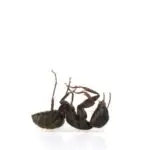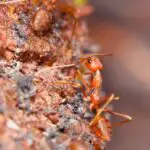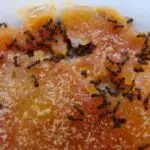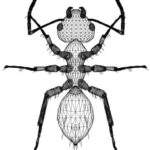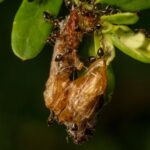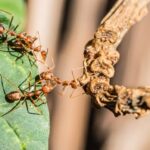Know What Ants Are Poisonous and Which Are Not
Whether you’re a pest control professional, a gardener, or simply a nature lover, you’ve likely heard that ants are not only harmful to the plants they feed on, but they can also be deadly to humans. Fortunately, you can prevent an ant bite by knowing which ants are toxic and which are not.
Ants have a venom that is both cytolytic and enzymatic in nature. This venom is composed of a variety of toxins. The venom is most often cytolytic, with proteins that disrupt membranes and kill rapidly. Interestingly, this group of toxins includes the same proteins that are allergenic.
These proteins are usually 20-50 kDa and are responsible for the majority of the allergenic effects. However, there are also several other low molecular weight compounds that appear in venoms.
There are also several alkaloids that are found in ant venom. These alkaloids are either plant extracts or secreted from the venom glands of some species. The alkaloids in ant venoms are generally classified into several groups. These groups are usually named by a Greek letter prefix followed by the generic ant toxin name. The prefix is chosen so as to not overlap with other chemical groups.
The venom of some species is composed of alkylated pyrazines. These compounds are more common as mandibular gland secretions. However, some ants also produce alkaloids without having a mandibular gland.
The chemical structure of the venom gland components has changed over time. For example, acidopore has promoted the evolution of volatile compounds.
